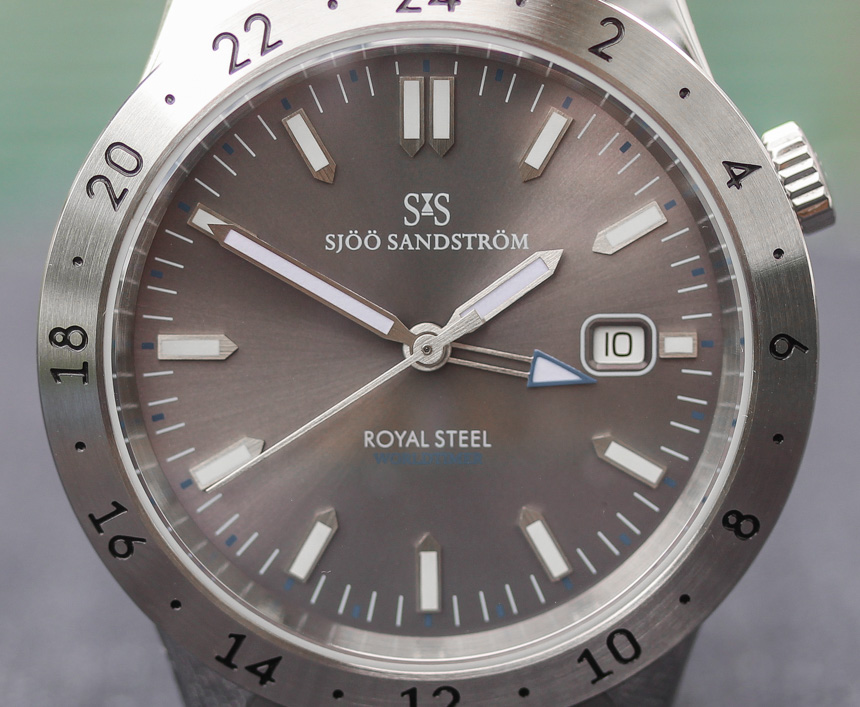
Watches can be a tricky ining when you write about them, and have done so for a few years (or more). You see a lot, and that of course refines your tastes, your likes, and dislikes. It can also make you a bit jaded to what it is that you see hitting your inbox or crossing your desk. This is not to say it turns our clockwork hearts into a seized mass of gears. Rather, you become a bit more practical about what it is that you’re looking at – you suss out the good and the bad, present it as you do, and then you’re off to the next one. Then, every so often, you get some time with a watch that is different – something that, when you open the watch box, you’re instantly hooked on. That’s how it was for me when I got the Sjöö Sandström Royal Steel Worldtimer. This was not a watch that I needed to spend a week or two with to get an opinion. Right from the outset, this was a watch I meshed with.
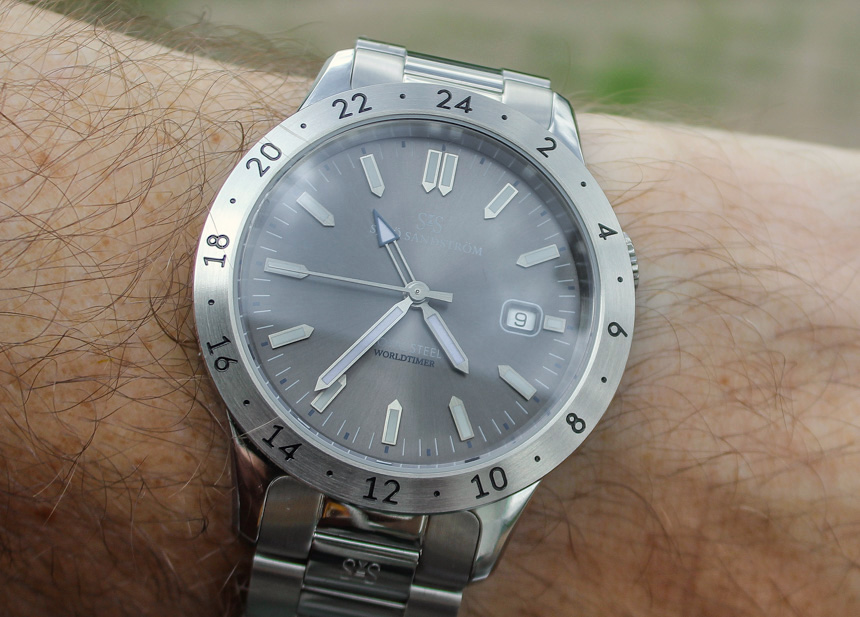
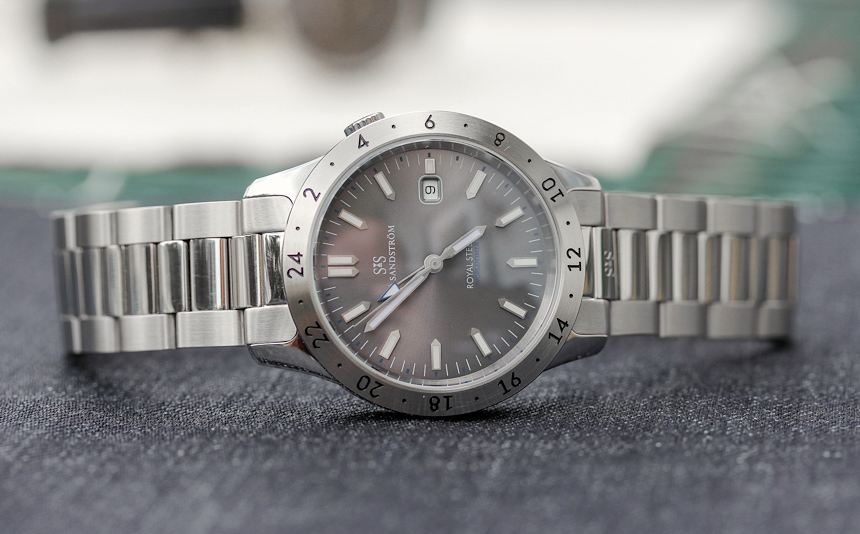
Now, for longer-term readers of my ramblings, this should be no surprise. In fact, when I was talking with Ariel about the Sjöö Sandström Royal Steel Worldtimer, he said (and I quote) “That is a Patrick watch for sure.” I did not probe into his reasoning, but it was not a statement I could dispute. You could summarize it by saying that I like GMT watches, particularly those from smaller European countries (see my Michelsen Arctic Explorer review for reference). And yes, that is something to do with it. But it’s not the whole picture, at least for me. Let’s back things up a bit, and start from the beginning.
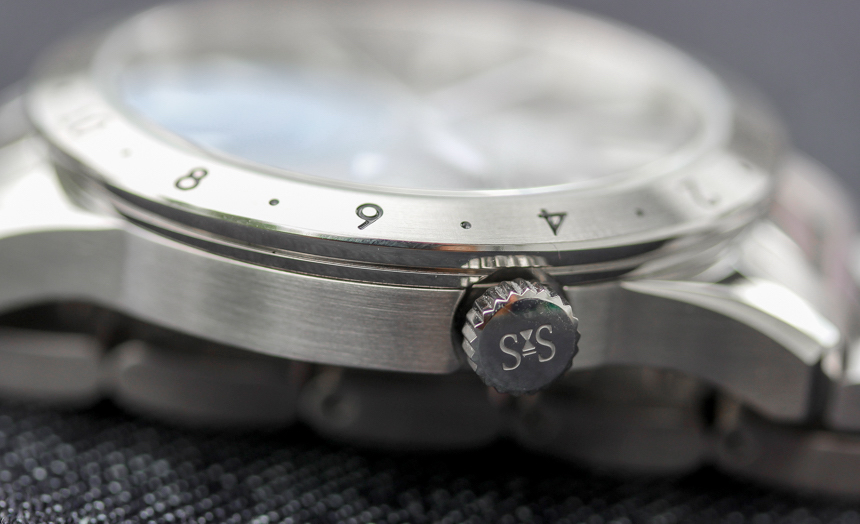
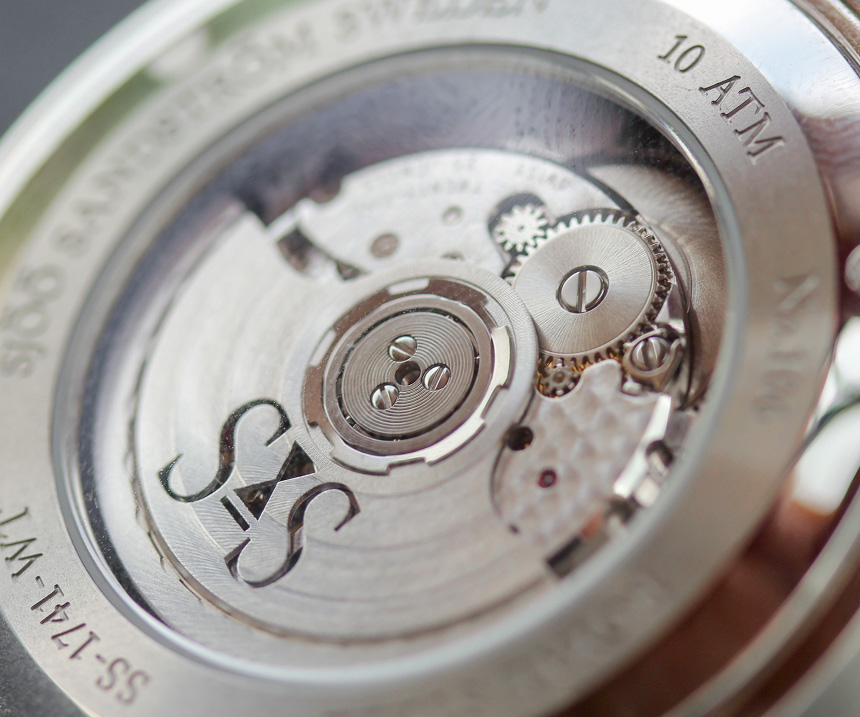
For the hand-assembled Sjöö Sandström Royal Steel Worldtimer, that starts with the movement. In this case, it’s an automatic GMT labeled as the SS G14. In discussions with some of my more movement-savvy friends, we did settle on the fact that it looks sort of like the 2893, except that the screw pattern on the rotor is different (fortunately, an astute reader pointed out that it’s more likely the Soprod C125). Any which way – in asking the brand about it, they did confirm that it’s a modified Swiss movement, and it carries a 42-hour power reserve. So, whatever the starting point was, you know it’s Swiss, which carries some measure of reputation along into the watch.
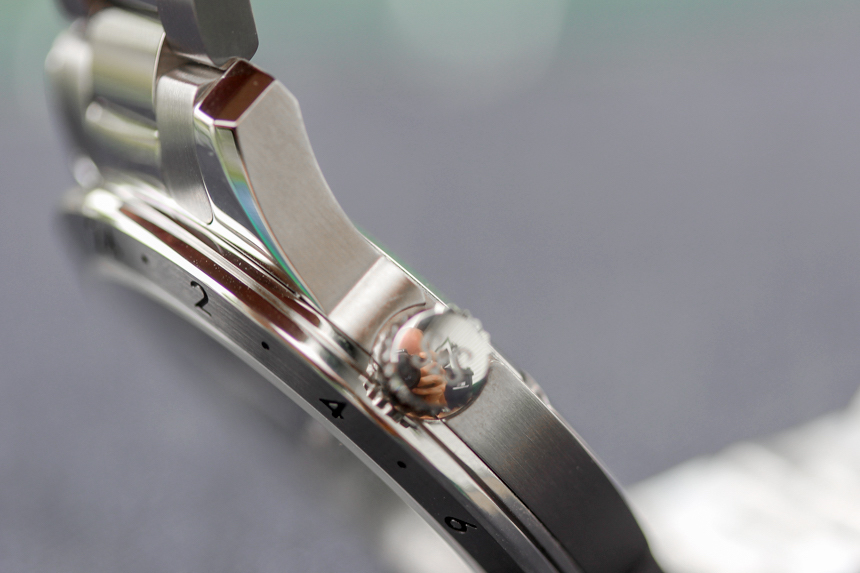
Next up on the spec sheet for the Sjöö Sandström Royal Steel Worldtimer is the case. It’s made from stainless steel, and is available in 41mm (which we reviewed) or 36mm diameters. If you stop there, well, that’s bland – so let’s continue on. The main case profile is fairly thin (10.7mm to be precise), with flat, brushed sides measuring 50mm lug-to-lug. Topping it is the fixed bezel (with it’s GMT scale). Looking at it from the side, you see not only do you go from a brushed finish (on the case) to polished (on the bezel), the bezel flares out in two steps. This, for me, makes the side profile a whole lot more interesting. You might infer, then, that there’s a massive bezel on the top, but that certainly is not the case (which you can see from the photos).
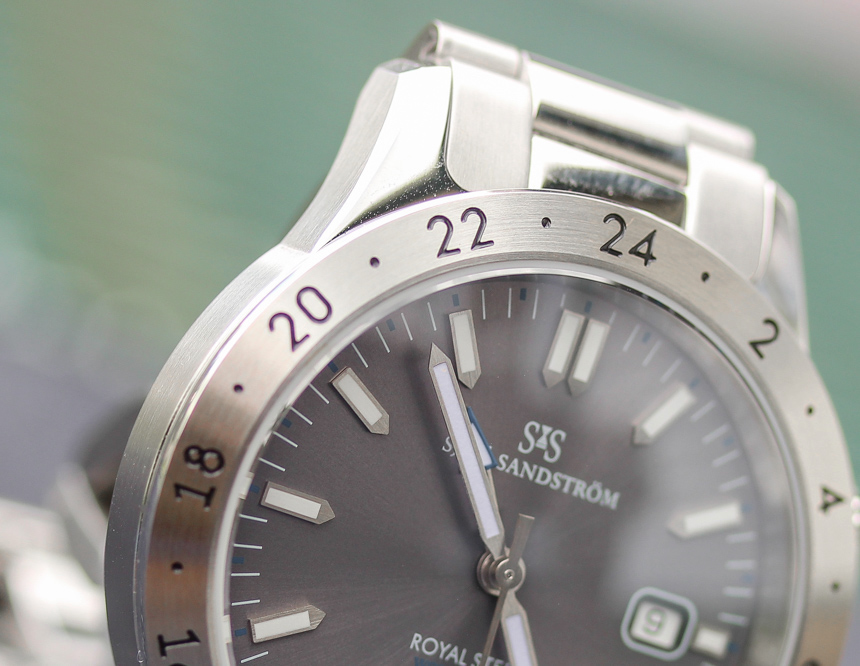
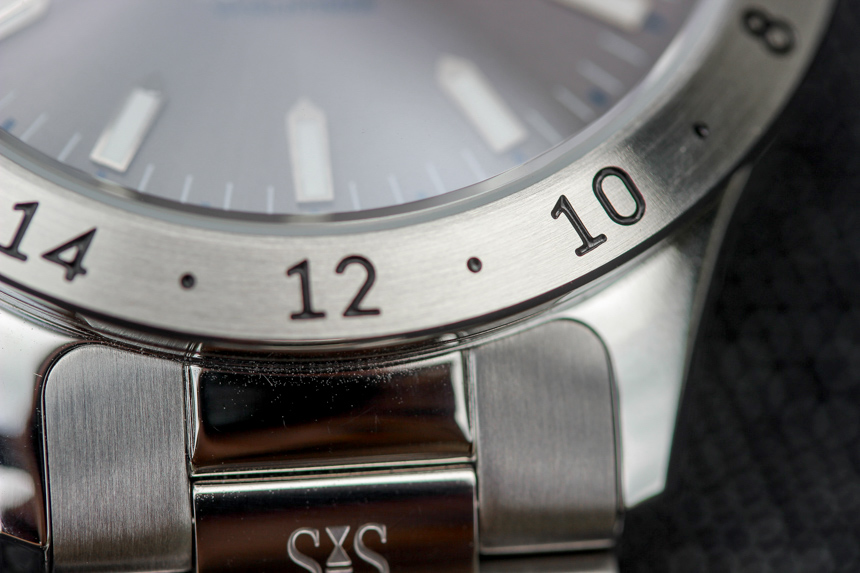
In terms of proportions to the dial, the Sjöö Sandström Royal Steel Worldtimer has a fairly thin bezel. Fortunately, its top surface is brushed (nicely legible), which then plays into the alternating brushed/polished finish on the lugs and bracelet (which we’ll get to in a minute). Interestingly enough, when I first got the watch in, I was a little disappointed that the bezel was fixed. I mean, three time zones, why not? Quickly that changed – without needing to rotate, this allows for a slimmer profile (and numbers that are never misaligned), something that I certainly prize in a watch. Plus it gives it, well, a feel that I cannot put my finger on, but it calls to mind many a great watch from the past that has a similar look and feel, to the bezel, at least.
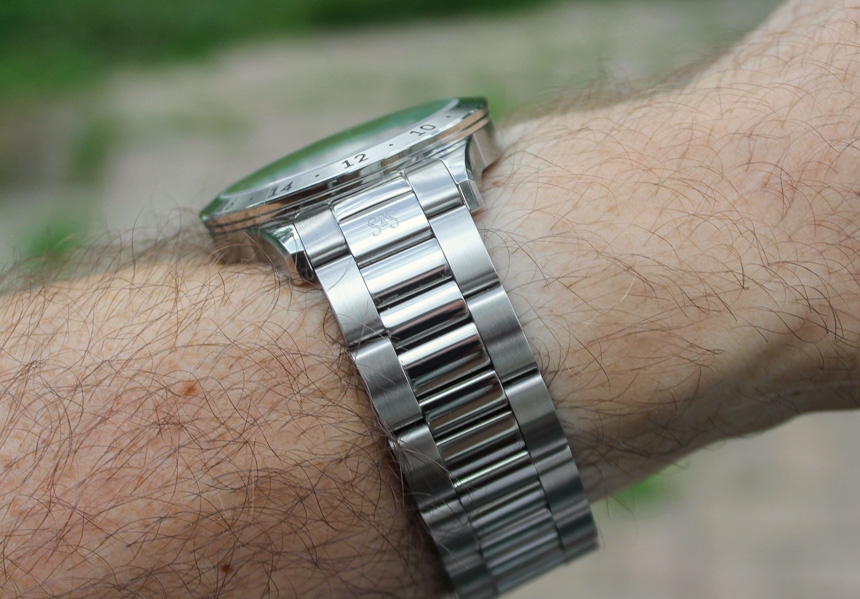
Now, onto the bracelet of the Sjöö Sandström Royal Steel Worldtimer. I definitely wanted to see this watch on the bracelet, as that’s something I always advise my friends on. If the watch you’re buying has a bracelet option, spring for it if the budget allows. You can always pick up an aftermarket strap that fits the watch. Bracelets, with their solid end links, though, not so much. Frankly, I also find the bracelet to be the more versatile option anyway. Yeah, they’re heavier and take some adjusting, but they fit into all manner of situations from casual to dressy. This bracelet, though, is definitely dressy. You see, that polish continues on to the center links. In the past, this is something that I have avoided on watches, but here it just fits. I rather like it, you see, as it takes this steel sport watch and says, “Yeah, I look good – but just wait till I’m with a suit.”
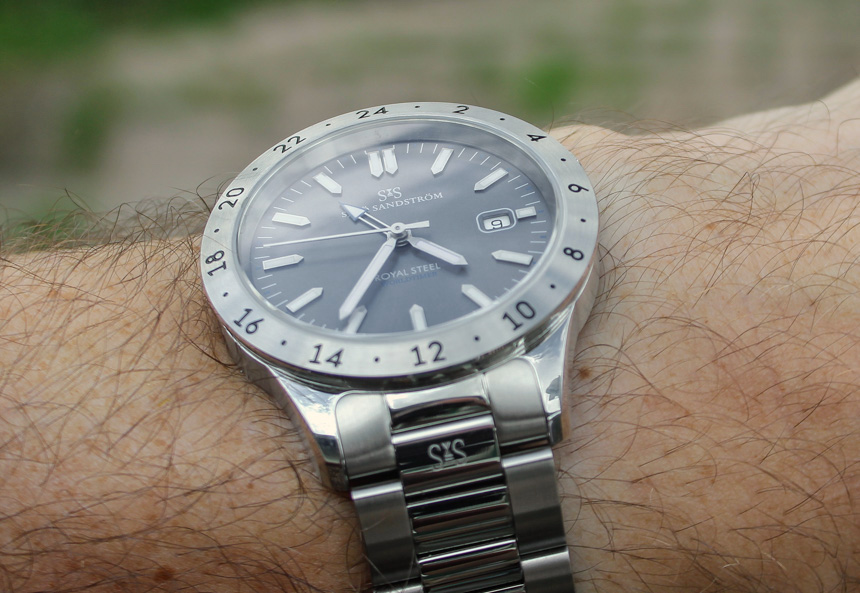
Now, perhaps that look isn’t for everyone, but I know it is for me. Perhaps it’s my age, the type of work I do, or even how I dress, but it fits with my lifestyle. There are two other points I want to call out on the bracelet. First, is the fact that it’s signed, but not in the place you would expect. Take a look at the solid end link on the lower lug – you’ve got the Sjöö Sandström logo popping up there. This is not totally uncommon (as a discussion on Instagram and Twitter showed), but it’s rare and I liked it.

